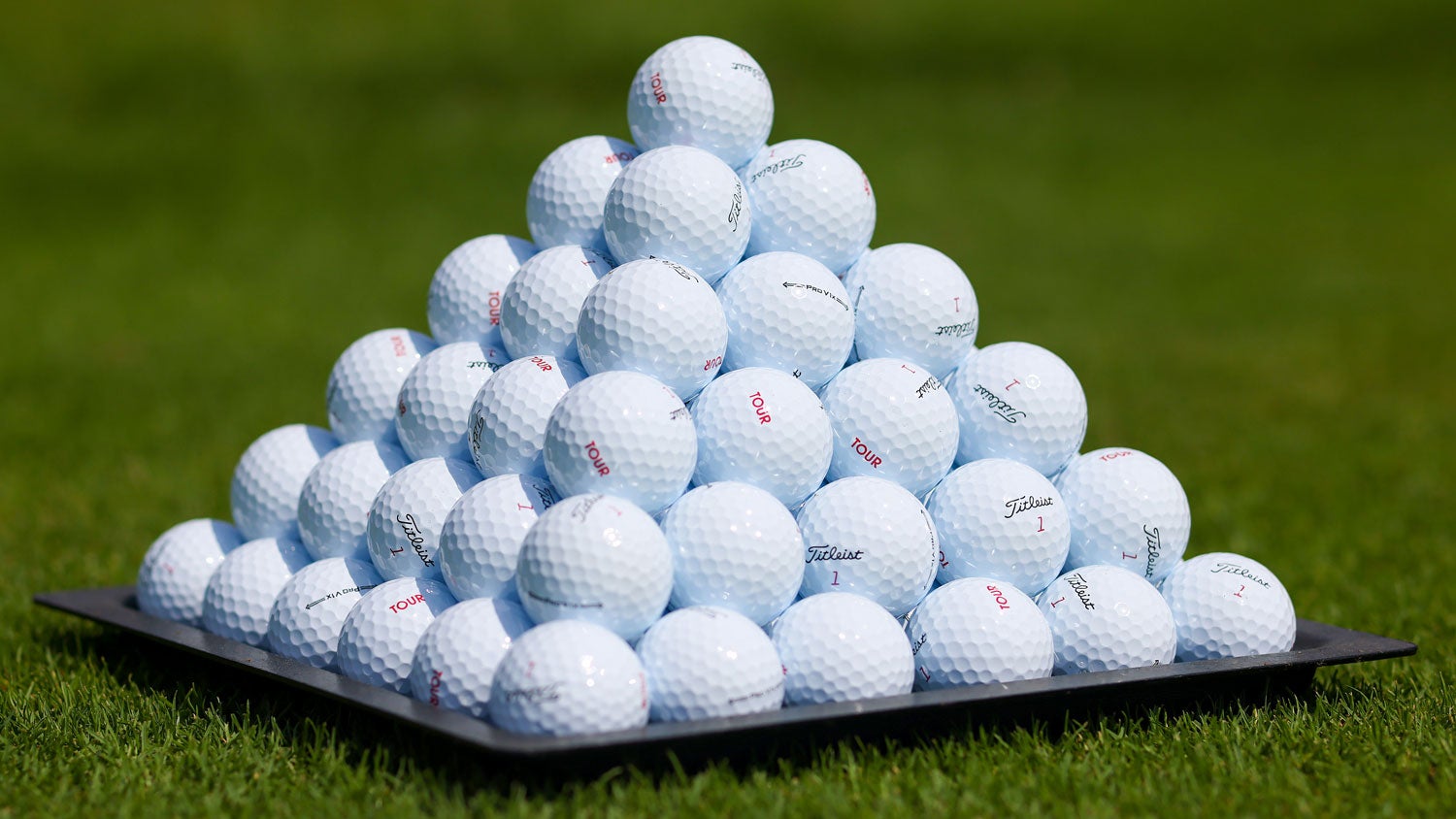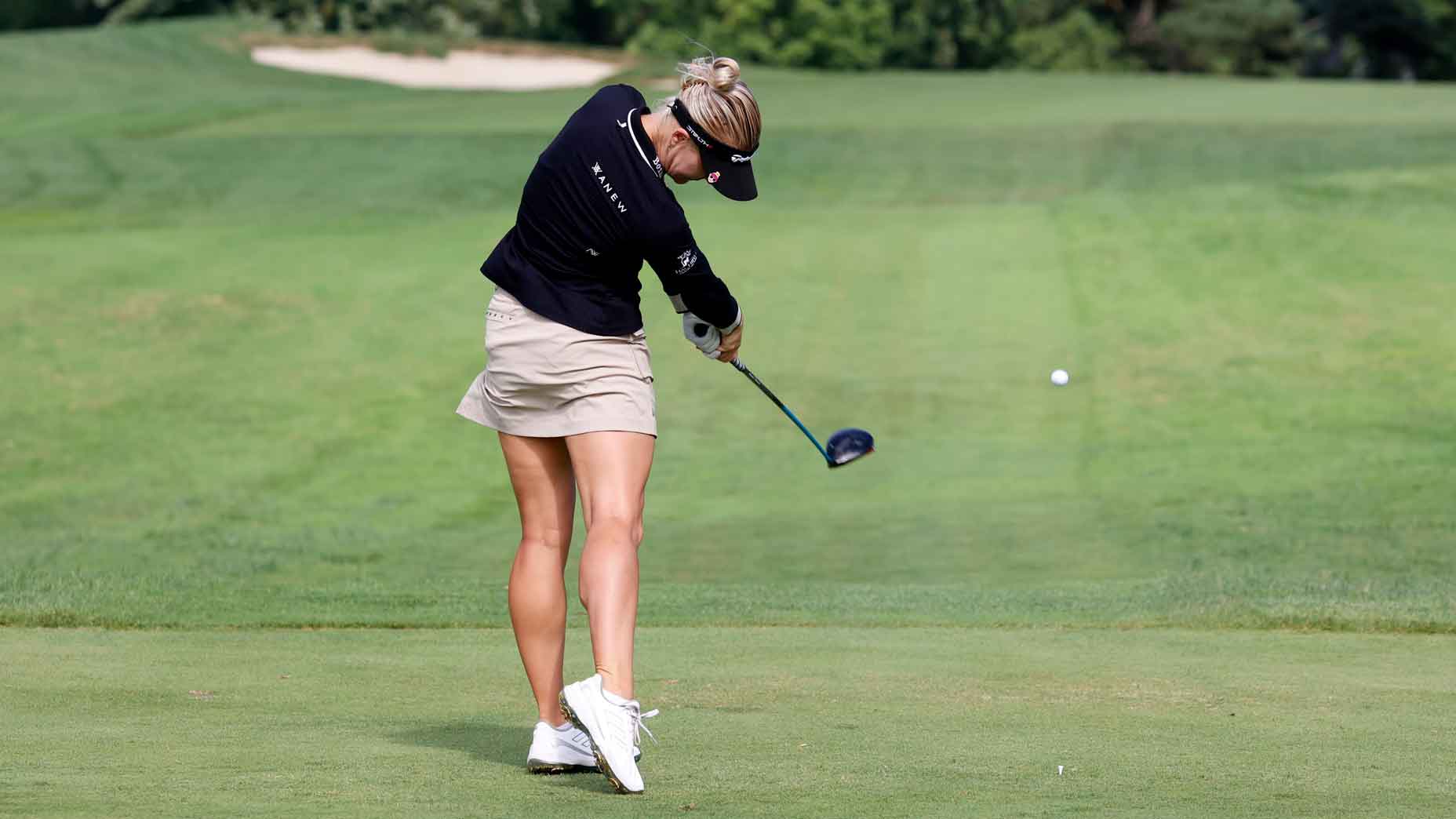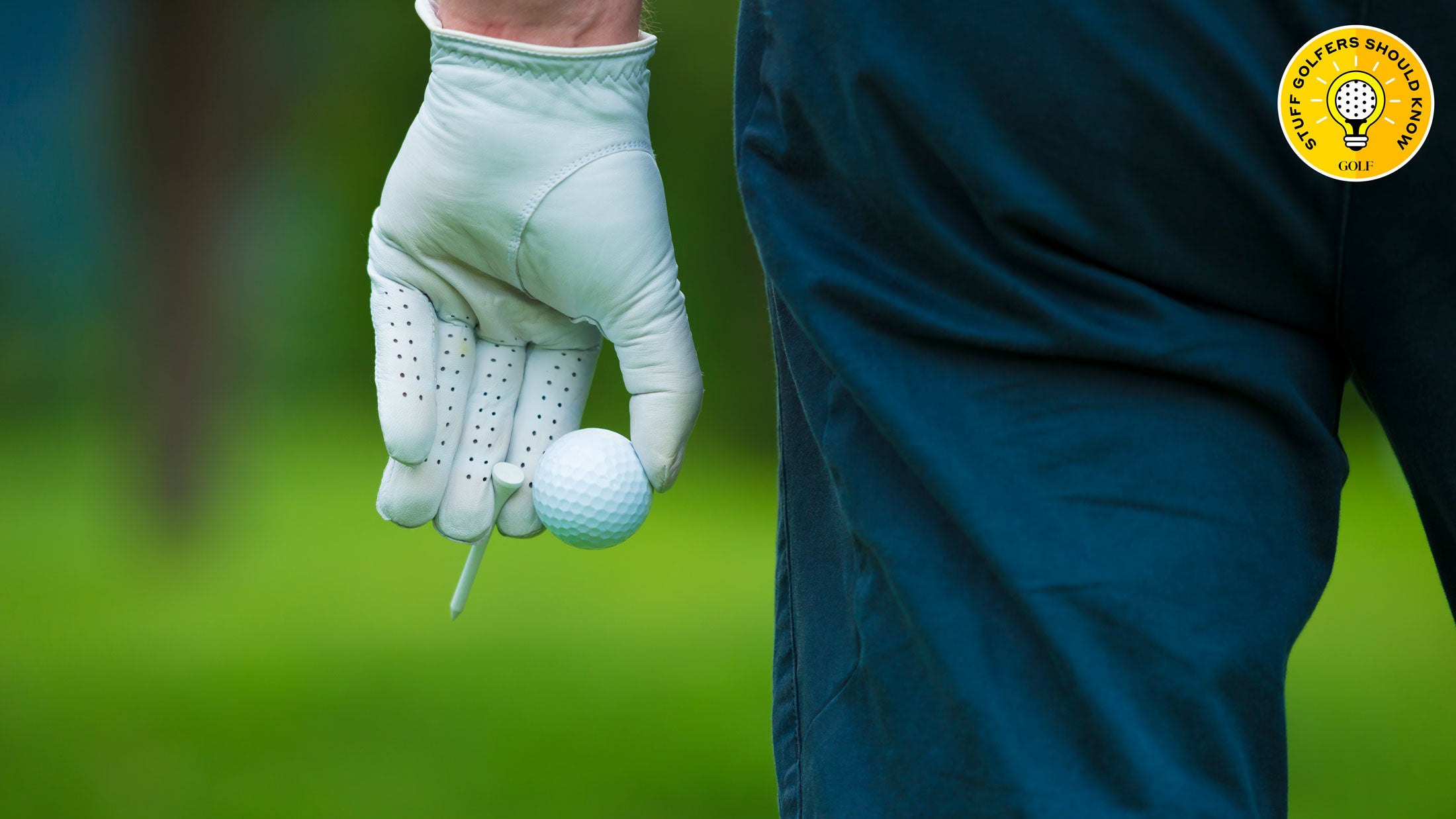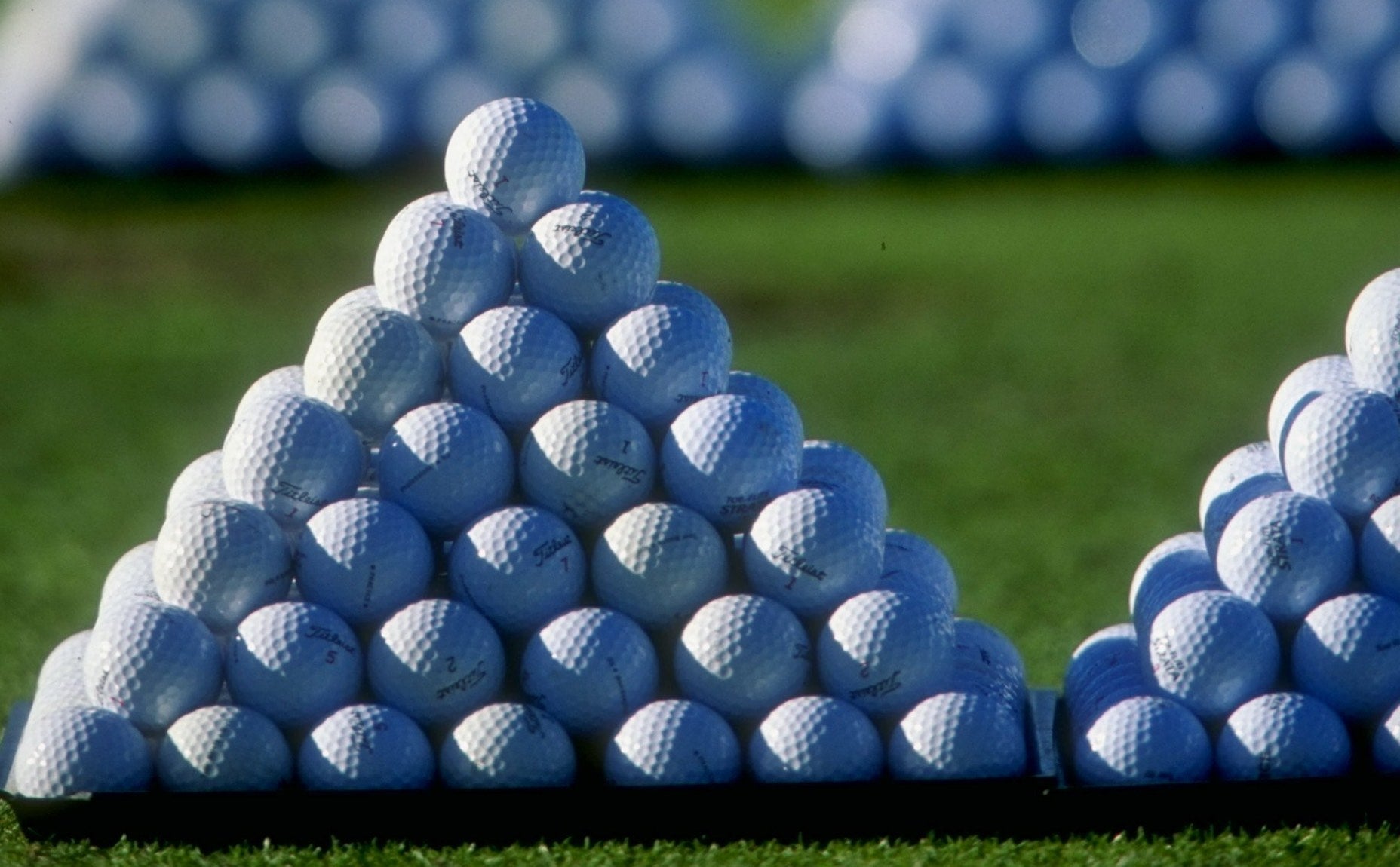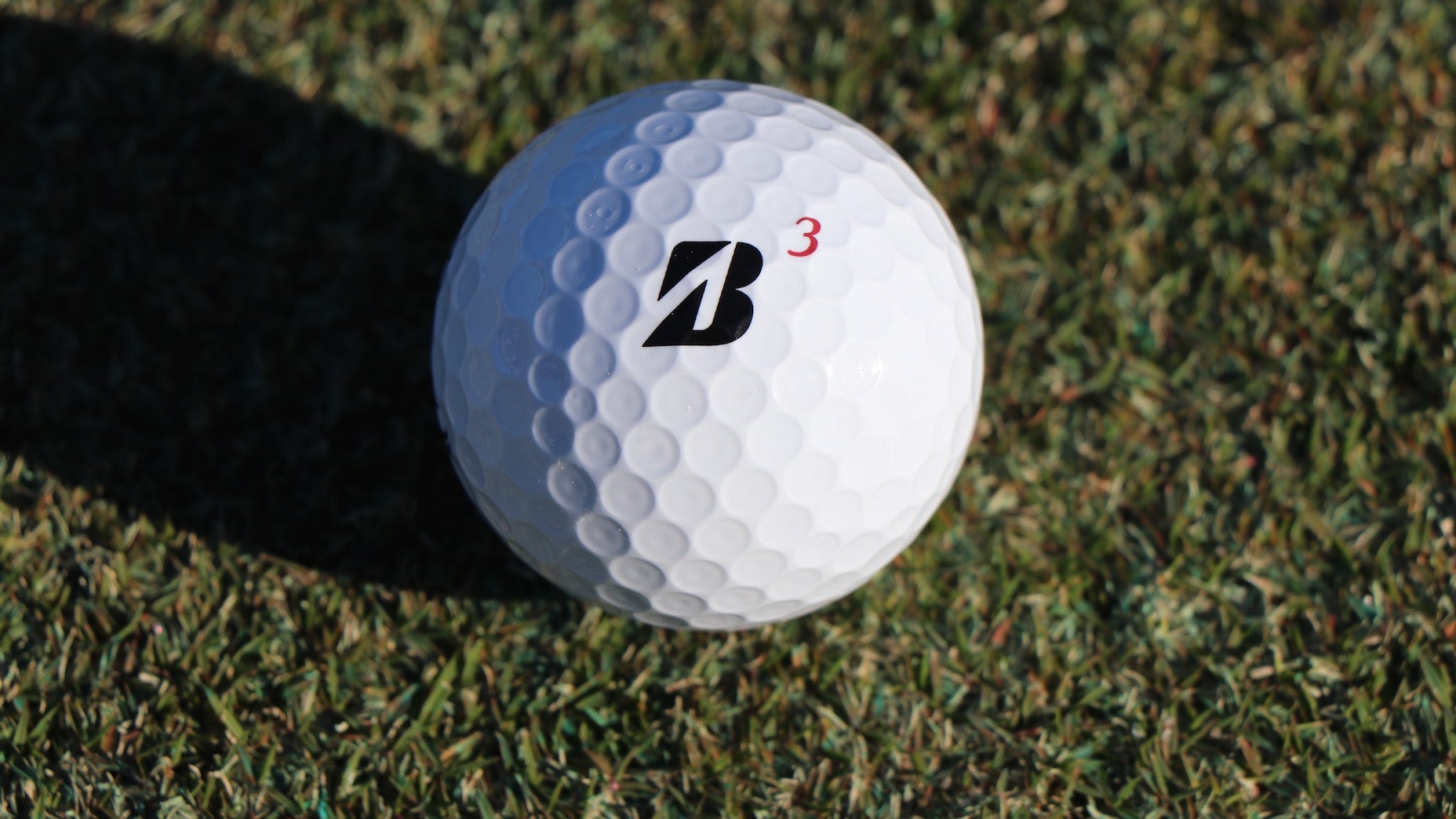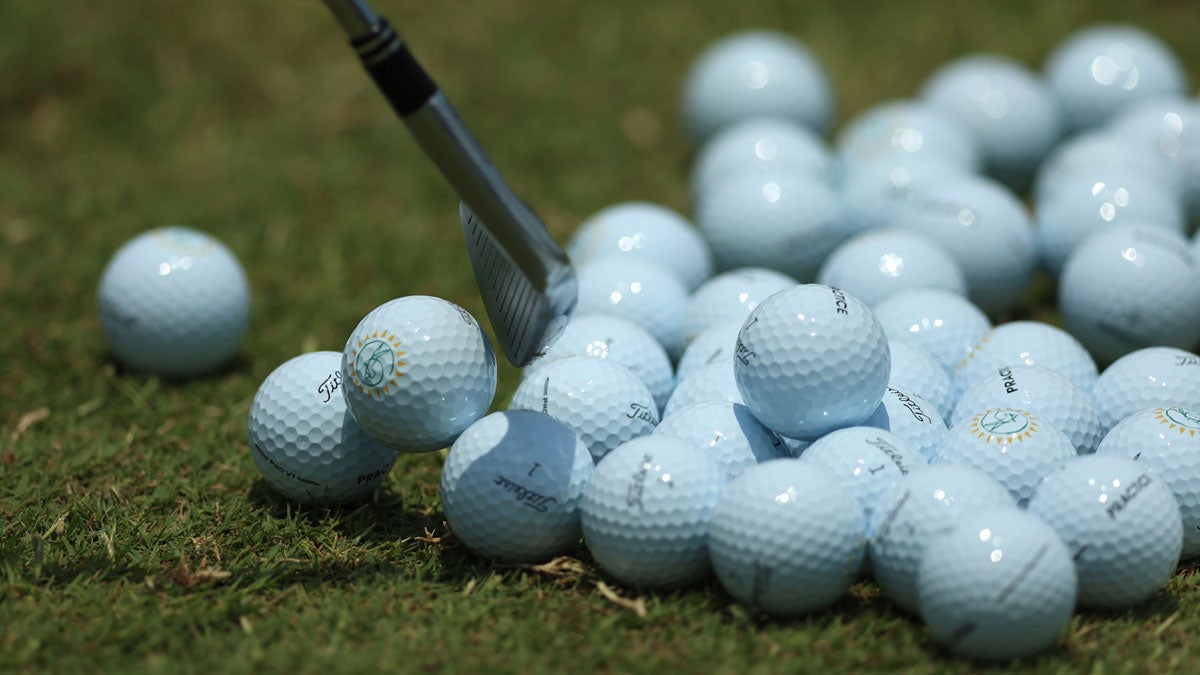A dummies’ guide to the golf-ball rollback: Dates, data, reasons, FAQs

Golf ball testing will take on new characteristics starting in 2028.
Getty Images
Perhaps you’ve heard — the golf ball has a very interesting future. The USGA and R&A have decided to rein in the distance gains the sport has seen in recent years by altering the conditions through which golf balls are tested. Don’t pass the test — i.e., your ball goes too far under the conditions — and that ball is deemed illegal…years from now.
If any part of that is confusing, just know you’ve got community. We’re talking about science, physics, high levels of mathematics, etc. — complex stuff! That can’t be explained away with just a single sentence or paragraph. It needs a full on dummies’ guide, so we’ve crafted just that.
What is happening with the rollback?
The two leading governing bodies on the rules of golf are altering the rules by which balls are deemed conforming. In other words, they’re determining the characteristics that govern what is acceptable. They are reacting to the increased gains of distance in the sport and responding to what those gains mean for everyone — players, coaches, courses, superintendents, etc.
The new testing conditions will showcase a faster swing speed (125 mph vs. 120 mph) with a lower spin rate (2200 rpm vs. 2520 rpm) and a higher launch angle (11 degrees vs. 10 degrees). By doing so the USGA is simulating a more modernized approach to how distance is gained in the sport — responding to the actions of real, human golfers pushing boundaries — compared to the current testing conditions that were outlined in 2004.
In plain English: the golf balls that used to fly 317 yards — the resulting limit the governing bodies have chosen — must be altered to fly that distance (at the most) with a faster swing speed and lower spin rate. In even plainer English: new golf balls will have to fly shorter distances under launch conditions of old. Or fly the same distance under souped-up conditions of new. Either way, the future golf ball will not fly as far as previous versions.
Wait, why is the rollback happening?
To answer that, you’ll need to enroll in Modern Golf 600. It’s a complex equation that propelled the governing bodies to this point, but it has to do with the historic tenets of the sport (it’s not all about driving distance), the trend-lines of the longest players getting longer, and the sustainability of courses given that push.
“We are convinced that this decision is one of the key ways of achieving a sustainable future for golf, protecting the integrity of the game and meeting our environmental responsibilities,” said Martin Slumbers, R&A CEO.
The governing bodies were seeing, on average, about a 1-yard increase in driving distance for professionals from year to year. That impacts the courses tournaments are held on, not just in the way of extended tee boxes, but the movement of trees, bunkers and also for placing water resources. According to Wednesday’s release, this decision also ensures “that a variety of skill levels are needed to be successful.”

Got it. How significant is this change?
Quite significant. It is the first change to those ball testing conditions in nearly 20 years. But since all golfers deal in numbers, here are some the USGA provided in its statement:
“The longest hitters are expected to see a reduction of as much as 13-15 yards in drive distance. Average professional tour and elite male players are expected to see a reduction of 9-11 yards, with a 5-7-yard reduction for an average LET or LPGA player.
“The change in testing speed is expected to have a minimal distance impact, five yards or less, for most recreational golfers.”
Contrary to much of the initial online reaction, most everyday golfers are set to only see a 5- to 7-yard loss in total distance on their drives, according the governing bodies’ research.
What about the other clubs?
This may be the most important part. USGA scientists spearheading this change were keen to point out that these differences in distance are highly circumstantial, meaning players with slower swing speeds — i.e., average everyday players — or simply anyone swinging an iron, will not see much change.
“We don’t expect to see much distance loss at all, even at the highest levels, once you get to the 5-iron,” John Spitzer, USGA managing director of equipment standards, told GOLF.com. Spitzer himself does not have a high swing speed, and he was quick to acknowledge that the distance loss for a player like him will be exclusively with the driver — the club that players swing the fastest. But even for players like Rory McIlroy, the USGA does not expect distance to be impacted once players reach the mid-iron section of their bags.
Do I have to fall in line now?
Nope. Rather than strike down with immediacy and demand new equipment be designed instantly, the governing bodies have allowed multiple years for various industry constituents to advance toward the date of professional implementation: Jan 1, 2028. That’s four years from now, when new golf balls will be mandated for professionals.
As for recreational enthusiasts like yourself, 2028 and 2029 will serve as transitional years, during which old golf balls — deemed conforming in 2027, for example — will be permitted for play. Only on Jan. 1, 2030, must the newly designed balls be used by all golfers. Yes, you’ve got six years!
Actually, depending upon what ball you play, you might have even more time than that. According to the USGA, “more than 30 percent of all golf ball models submitted for conformance across the game are expected to remain conforming after these changed are applied.” If you don’t lose those balls in your bag by 2030, it’s possible they’ll still pass the new bylaws.
How is everyone handling the news?
Not too well? At least not at the pro level. Early reports of this news broke during the Hero World Challenge, while some of the biggest names in the game were down in the Bahamas for their final start of the calendar year. Keegan Bradley coined the term “monstrous” to describe the decision while Rickie Fowler believes the USGA and R&A “missed this 20 years ago.”
Tiger Woods has said he’s always been “for bifurcation” of equipment, meaning he and his fellow pros would have their gear rolled back while the current limits would stay in place for the amateur. But USGA executives used a “feedback period” earlier this year to hear from all industry stakeholders to a proposed Model Local Rule of bifurcation. The prevailing reply industry: that’s not what the game needs right now.
“The measure we are taking has been carefully considered and calibrated while maintaining the ‘one game’ ethos deemed to be so important to the golf industry,” Slumbers continued, alluding to the unifying nature of amateurs and professionals playing the same equipment. “Importantly, it also keeps the impact on recreational golfers to an absolute minimum. We are acting now because we want to ensure that future generations can enjoy the unique challenge of golf as much as we do.”
Is that all?
Not quite. That’s most of it, for sure! But the R&A and USGA also clarified that they intend to continue monitoring distance gains in the game with regards to driver technology. The idea of “Driver Creep” — which can push equipment past the legal boundary after it has been used regularly — as well as the forgiveness offered by off-center hits are two things the bodies continue to monitor. As for any distinct ruling in that department, we’ll cross that bridge when we come to it.


